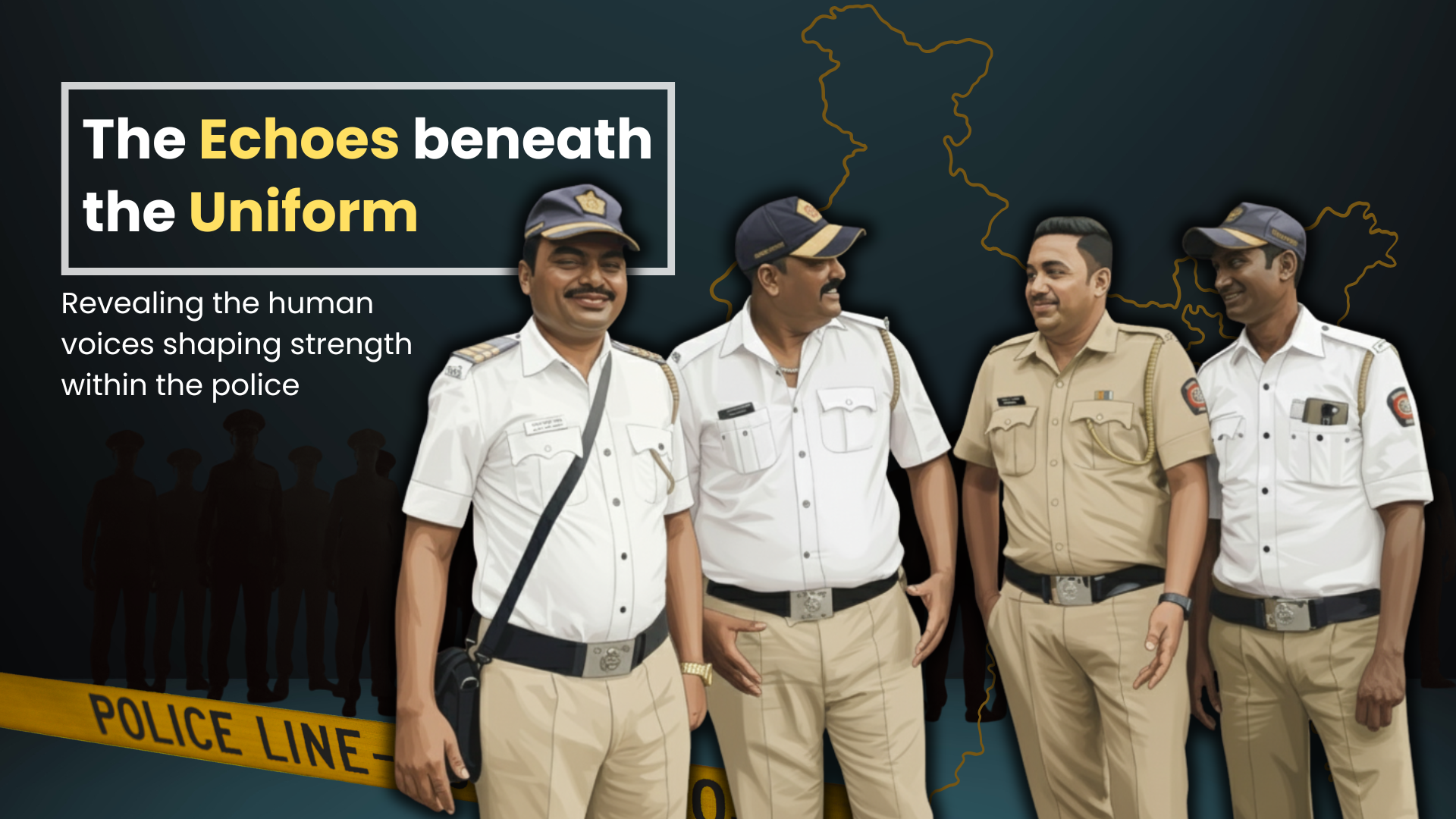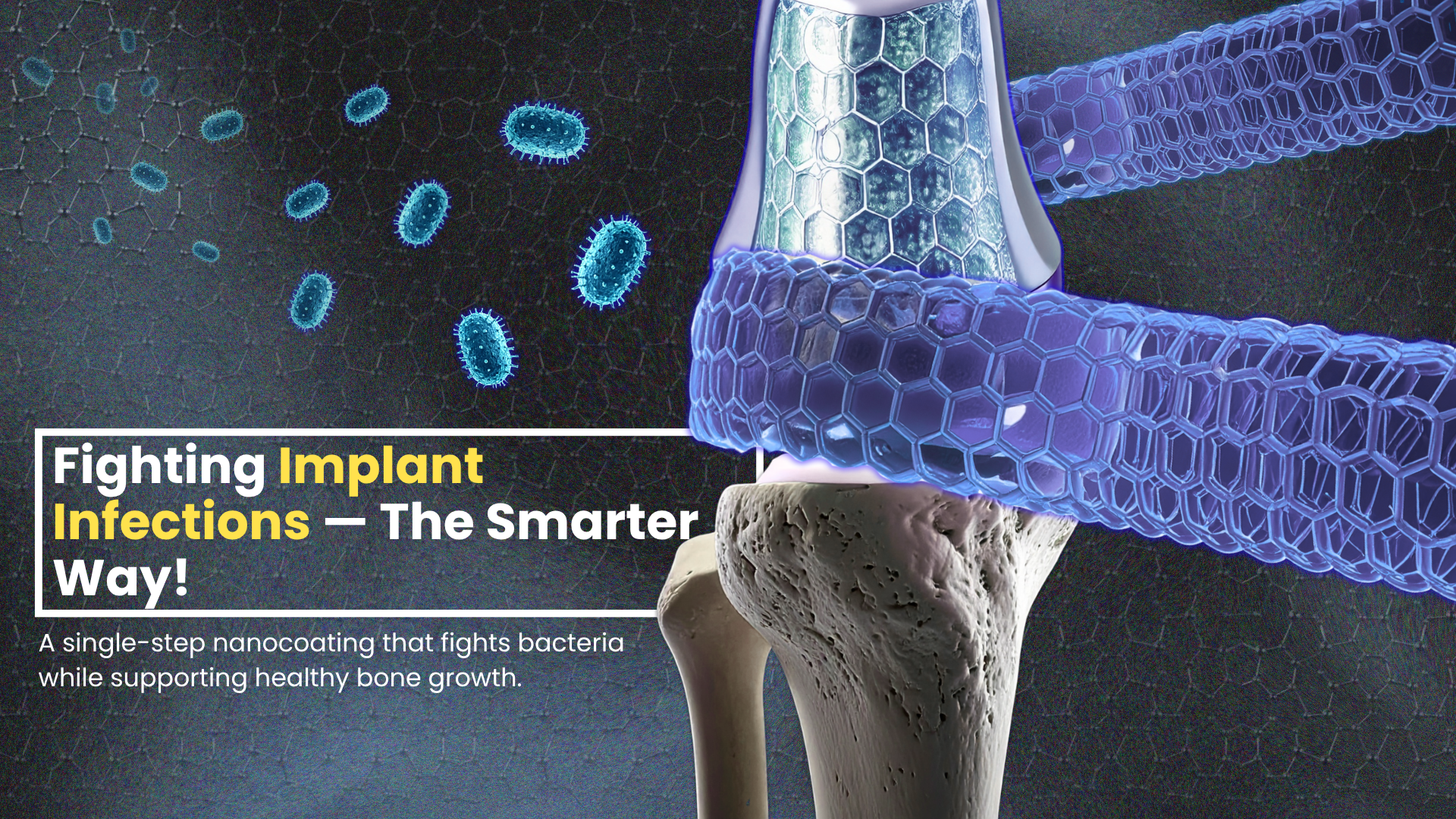
Some studies indicate that there are three factors that create a criminal offence: the desire of a criminal to commit a crime, the target of the criminal’s desire, and the opportunity for the crime to be committed.
In this study, the authors propose that there might be a link between mobility (the ability for people to move freely), and both the occurrence and reporting of the crime. What intrigues the authors of this study is, whether the lack of mobility during the COVID-19 pandemic waves (2020 – 2022) had any effect on the criminal activities that occurred in Tamil Nadu, India, during this period.
Mobility plays a pivotal role in shaping crime dynamics by influencing spatial crime distribution and victimisation. It impacts opportunities for crime, either by bringing together potential offenders and targets, or by disrupting social controls and fostering anonymity. This understanding is vital for crafting effective crime prevention strategies.
During the pandemic, especially during the lockdowns of Wave-1 and Wave-2, mobility was severely restricted. There was a significant drop in mobility in retail and recreation zones, workplace, transit stations, grocery and pharmacy, and parks. The decline in mobility in these public places could be attributable to a diminishing criminal opportunity for the offender due to limited activity space.
Given the challenge of lack of mobility during the lockdowns, the methods used by the authors to study criminal activities during the pandemic and non-pandemic periods included studying passenger and operational data spanning a decade, from January, 2010 to December, 2022, from one of the largest bus transport corporations in the region that is responsible for all the public transport in Tamil Nadu.
The study also incorporates Google Mobility Community Reports (GMCR) for Tamil Nadu, encompassing pandemic and post-pandemic periods across six land-use categories.
The authors of this study also use a robust machine learning model, called the XGBoost algorithm to perform a counterfactual prediction. This analysis estimates the crime rate that would have likely occurred in the absence of the pandemic. By comparing the actual reported crime rate with the predicted counterfactual rate, the causal impact can be isolated from the pandemic on crime.
The research also relied on the data of the number of registered FIRs (First Information Reports).
Occurrence of violent crimes such as aggravated assault, attempted murder, murder, robbery, and rioting were studied during the pandemic and non-pandemic periods.
According to the authors, violent crimes are declining because there are fewer possibilities for the crimes to occur. Due to the lockdown, public places like bars, theatres, malls, and restaurants were shut down, which meant that offenders could not find targets to perpetrate crimes. But there was an increase in mobility in the residential zones, implying enhanced guardianship and less opportunity for crime.
But due to more mobility in residential zones, especially during the lockdowns, domestic violence due to prolonged proximity and stress may have increased, but were not reported due to the absence of external observers like teachers.

This study makes an intriguing observation: when mobility falls below a certain threshold, a strong correlation between mobility and recorded violent crime levels emerges. Else there was no relationship between mobility and recorded levels of crime.
During Wave-1’s complete lockdown in Tamil Nadu, both violent crime and mobility decreased.
The complete lockdowns of the initial two waves of the pandemic, and restricted mobility of people and vehicles, had a discernable impact on recorded crime levels.
The decline in reported crimes could be because of diminished criminal opportunities. On the other hand, it could also be due to victims’ limited access to appropriate health and law enforcement agencies to report crimes. Also, frontline agencies were preoccupied with pandemic-related responsibilities, which may have contributed to lack of crime registration despite the fact that crimes were committed.
To conclude, the empirical evidence suggests that opportunity, not social disorganisation, played a major role in the observed crime decline.
The following are the authors of this paper:
- Prof. Kandaswamy Paramasivan from the Department of Management Studies, Indian Institute of Technology (IIT) Madras, Chennai, India (Prof. Kandaswamy Paramasivan is also affiliated with the SRM Institute of Science and Technology, Kattankulathur, Chengalpattu, India).
- Mr. Saish Jaiswal from the Department of Computer Science and Engineering, Indian Institute of Technology (IIT) Madras, Chennai, India.
- Mr. Rahul Subburaj from the Ford Motor Company, Chennai, India.
- Prof. Nandan Sudarsanam from the Department of Data Science and Artificial Intelligence, Indian Institute of Technology (IIT) Madras, Chennai, India.
Dr. K. Jayanth Murali, a retired IPS Officer from Tamil Nadu, India, gave the following appreciative comments on the work done by the authors: “The above paper delivers a compelling exploration of the intricate link between mobility and violent crime during the COVID-19 pandemic in Tamil Nadu. By harnessing the power of the XGBoost algorithm for counterfactual predictions, the authors unlock a deeper understanding of how lockdown-induced mobility restrictions reshaped the landscape of crime. The findings breathe new life into Routine Activity Theory, demonstrating how the drastic reduction in movement curtailed opportunities for criminal acts. By weaving together historical mobility data with pandemic-era trends, the study offers a rich, forward-thinking resource for policymakers and researchers seeking innovative strategies to curb crime in times of crisis.”
Dr. A. Amalraj IPS., Additional Director General of Police, Tamil Nadu, India, further elaborated on the research done by the authors with the following comments: “This research paper titled “understanding the role of mobility in the recorded levels of violent crimes during COVID-19 pandemic: a case study of Tamil Nadu, India” by Dr. Kandaswamy Paramasivan and others offers valuable critical insights into the relationship between mobility of people and violent crimes during the COVID-19 pandemic in Tamil Nadu, India. Their goal was to determine whether there is any connection between changes in mobility and the number of violent crimes reported during lockdown periods. The impact of COVID-19 was profound and affected everyone and provided a once in a lifetime opportunity to study the pattern with great accuracy.
The findings of this research are both interesting and relevant for understanding crime patterns during times of restricted movement. Counterfactual analysis has been done. The XG Boost algorithm was used to predict the daily crime rate of violent offences.
The key findings of the study revealed the following:
- Mobility and Crime: The research discovered that when mobility dropped below a certain level — such as during the strict lockdown phases of the pandemic — a clear link between reduced movement and lower levels of violent crimes emerged. In other words, when people moved around less, fewer violent crimes were reported. However, when mobility was above this threshold, particularly in non-pandemic times, this connection disappeared.
- Impact of the Pandemic: The pandemic had a profound effect on mobility, particularly during the first two waves when the lockdowns were most severe. With fewer people and vehicles on the streets, there was a noticeable decrease in violent crime rates. This suggests that opportunities for crime significantly reduced due to fewer interactions in public spaces.
- Crime Under reporting: The research also points out that the decline in recorded crimes during the lockdown may not only be due to fewer crimes being committed. Several situational factors, such as limited access to law enforcement or health services, could have made it difficult for victims to report crimes. In addition, law enforcement agencies were overwhelmed by pandemic-related duties, which may have led to fewer crimes being officially registered, even if they had occurred.
- Theory of Reduced Crime Opportunities: According to criminology theories (like the Routine Activity Theory, or RAT), crime often occurs when offenders have the opportunity to find vulnerable victims without the presence of “guardians,” like family members or law enforcement. The pandemic reduced these opportunities because people stayed home more often, effectively reducing the chances for crimes to occur. The presence of more people at home (like family members) could also have acted as deterrents for crimes like burglaries and violent attacks.
Conclusion:
This study suggests that while the pandemic created stress and possibly increased the motivations to commit crime, the restrictions imposed by the lockdowns on the movement by the pandemic and the increased presence of people at home led to fewer opportunities for violent crimes to take place. The findings highlight the importance of “opportunity” in the occurrence of crimes and suggest that even in challenging times, reducing criminal opportunities can have a significant impact on crime levels.
This study will help the government and more particularly the law enforcement agencies to plan out their response by taking note of the impact of mobility in the incidence of crime during critical situations like the pandemic.”
Article by Akshay Anantharaman
Click here for the original link to the paper










